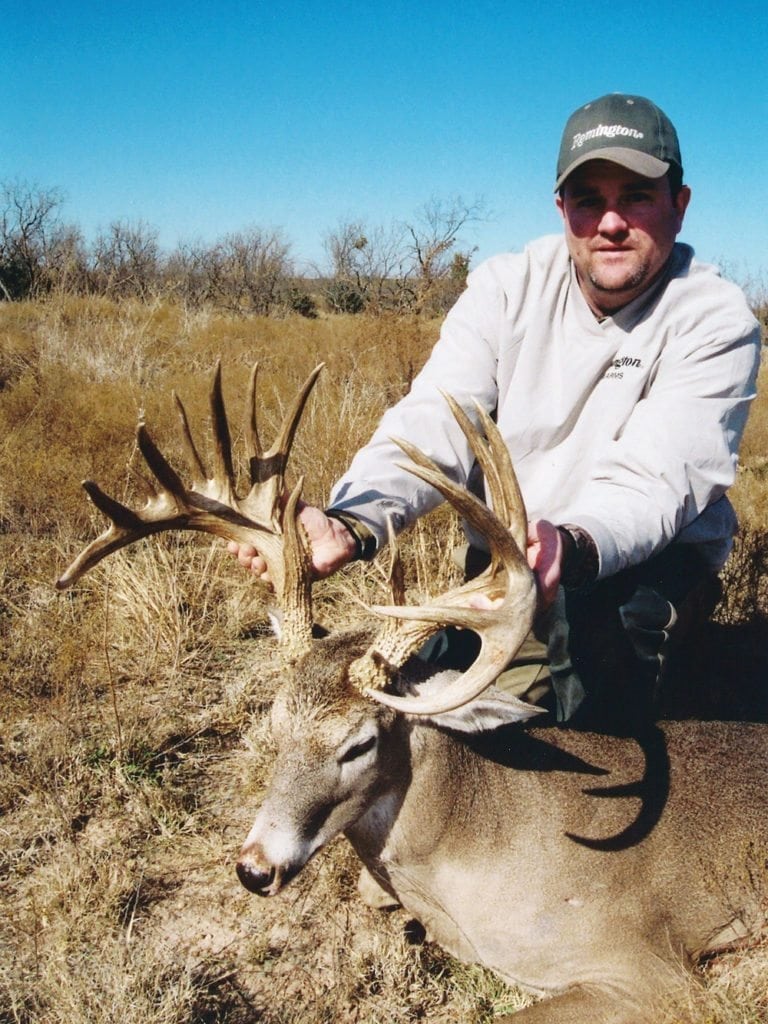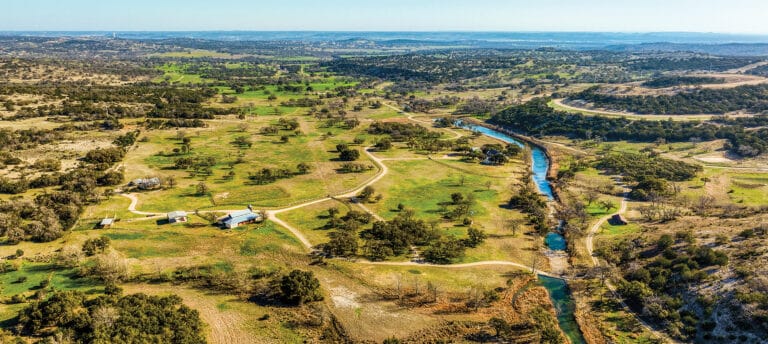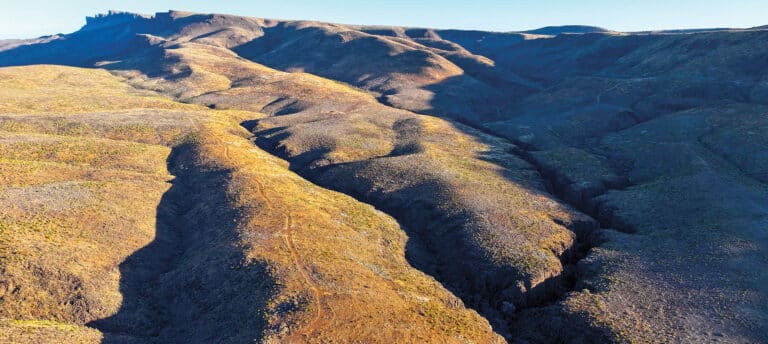
 When I told Rob McCanna that Wildlife Systems, Inc.’s mule deer and elk hunts were located in Texas, he said, “Are you kidding me? I’ve always looked at Texas as being a destination for whitetails, not for these other two big-game animals.”
When I told Rob McCanna that Wildlife Systems, Inc.’s mule deer and elk hunts were located in Texas, he said, “Are you kidding me? I’ve always looked at Texas as being a destination for whitetails, not for these other two big-game animals.”
e’s not alone. When most hunters think about deer hunting in Texas, they tend to think about North America’s most common deer species, the white-tailed deer. And, indeed, the Lone Star state is arguably the champion destination for hunting whitetails, supporting an estimated population of over 4 million.
These flighty deer are found in most of Texas’ 254 counties and this wildlife resource provides a huge engine to help boost local economies across the state. However, quietly in the background, you’ll also find that Texas offers some outstanding hunting opportunities for two other popular cervids, mule deer and elk. They may be associated the western mountain states more often, but don’t overlook Texas when prospecting around for options to pursue these two big game animals.
Wildlife Systems, Inc. (WSI), an outfitting and wildlife management operation with a long-standing, strong reputation that dates back some three decades, offers a broad range of hunting services, spanning almost 900,000 acres of privately owned land. Though WSI largely built its business platform around white-tailed deer hunting, it also provides great opportunities for mule deer and elk.
The common deer
The brush country in South Texas is fabled for producing muy grande whitetails, the Hill Country of Central Texas has long been known for being a factory because of its sheer numbers of deer, and parts of West Texas has carried a reputation in whitetail hunting circles for offering great whitetail hunting on large ranchland.
WSI provides whitetail hunting packages in each of these three popular deer hunting regions. They have teamed-up with a number of private landowners to provide management services that helps ensure quality, sustainable hunting. These efforts have resulted in perennial success with about 95 percent of WSI’s clients tagging a nice buck.
Because of the variety of whitetail hunts we offer, WSI can accommodate most any need. Some of the properties that we hunt are well-suited for corporate outings where posh accommodations and amenities allow the host to entertain their guests. We have some camps set up that are family friendly, and we also have a number of clients who travel solo each year and pursue whitetails with us.
Most properties are large low-fenced hunting areas, while WSI also offers hunts on a few high-fenced ranches that have native, wild whitetails. No released deer hunts are offered through our company at this time.
Stand hunting, antler rattling, glassing and stalking, and cruising the landscape are the hunting methods that WSI guides rely on when trying to find a shooter buck for their hunter. A typical whitetail hunting package with WSI is a four-day program that includes meals, lodging, guide, and game care. Pricing varies between properties, and can also vary depending upon whether the package is set up for a management buck or an open-ended mature trophy buck hunt.
The other deer
For most hunters, including many from Texas, it comes as a surprise to find out that Texas is home to almost a quarter million mule deer. The two primary eco-regions that support mule deer in Texas are the Trans-Pecos in far West Texas and the Panhandle in the northwest part of the state. Since almost 96 percent of Texas is privately owned, most mule deer hunting opportunities are found on privately owned property.
WSI offers four-day packages for mule deer hunts on three different properties in the Trans-Pecos Region. Long-term success rates on these hunts run 80 percent–90 percent, with hunters typically seeing 10–20 bucks per day.
This is big, unspoiled country and most hunting action is glassing the scenic vistas, looking for a buck of choice, and then planning a stalk. For those hunters who prefer not to hunt high altitudes, we have good news: the elevations here are only about 4,500’–5,000’. Nice comfortable camps offer a WSI client an opportunity to relax at day’s end, after they have enjoyed a great meal prepared by one of our chefs.
Elk
Free-ranging elk receiving the least amount of attention of the three native Texas cervids. Although the vast majority of these animals are located in the Trans-Pecos, there is a limited number of small herds in the Panhandle.
Elk were extirpated at one time in Texas, but through some releases that largely took place during the 1960s, localized herds in the Trans-Pecos region have been growing in numbers and expanding into new locales. The hotbeds for elk in West Texas are generally considered to be in the areas associated with the Glass Mountains and Davis Mountains, but there are scattered pockets of elk found in other areas of this region.
WSI offers free-ranging elk hunts on three privately owned ranches in West Texas and the number of hunters that are booked on these hunts each year is very limited. These four-day packages are all-inclusive and success rates over the years have averaged 80 percent–90 percent. Most bulls that are taken are 6×6 bulls with gross scores generally running 310”–325”, with top-end bulls often taping out at 350” plus. Hunters generally will not see the numbers of elk that they may see in some of the more popular mountain states, but the bulls will often have good maturity due to the limited hunting pressure on these private lands.
Closing thoughts
Due to liberal season structures and through special permits, seasons for these three animals in Texas are long and licenses are over the counter. Mild weather, easy access and friendly service make these great hunting options for the traveling hunter.
For more information on hunts that are offered through WSI, check out www.WildlifeSystems.com, or call (325) 655–0877.


